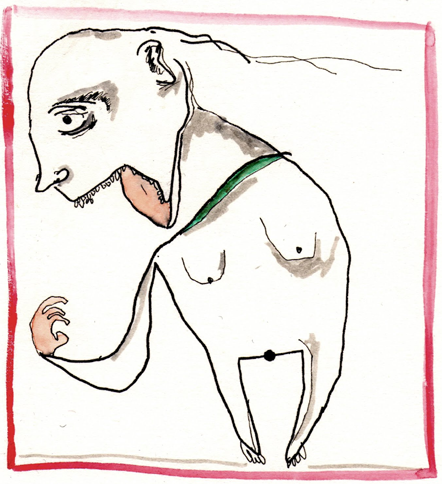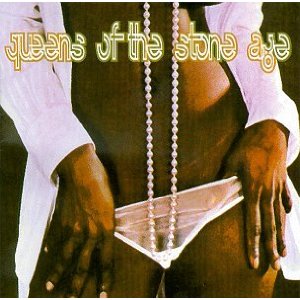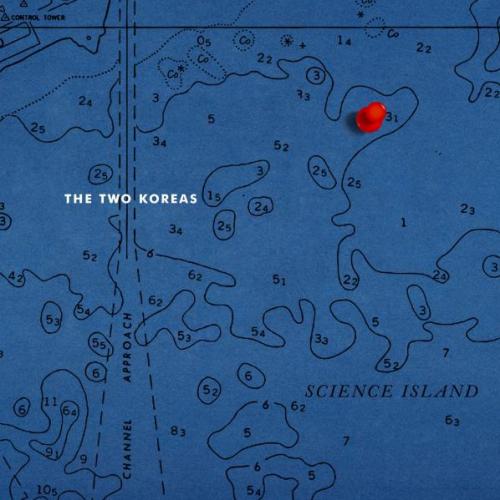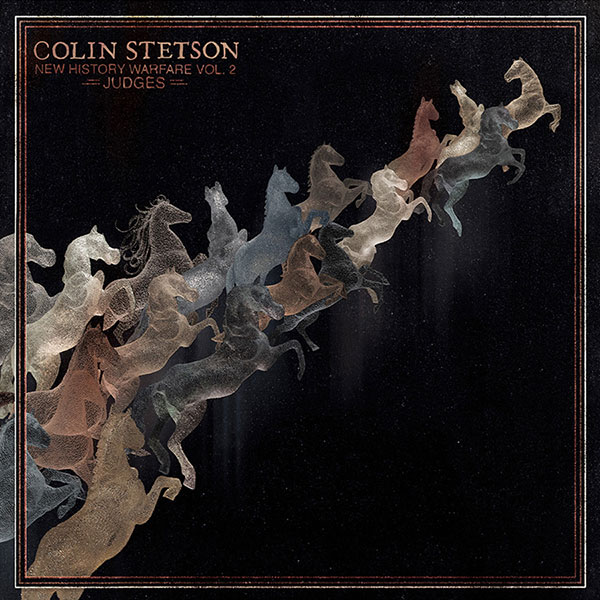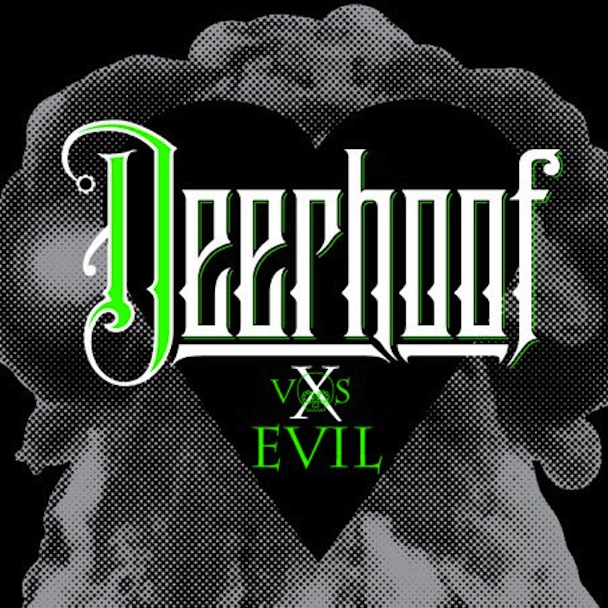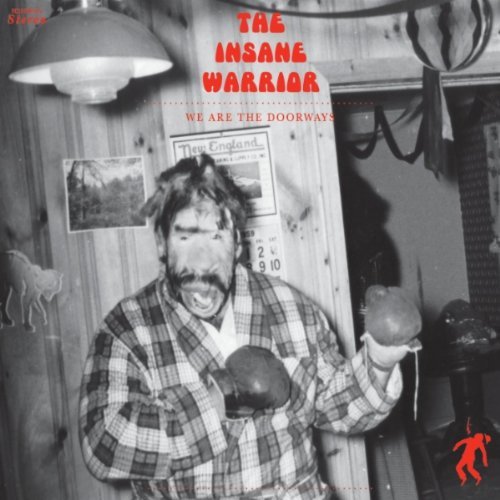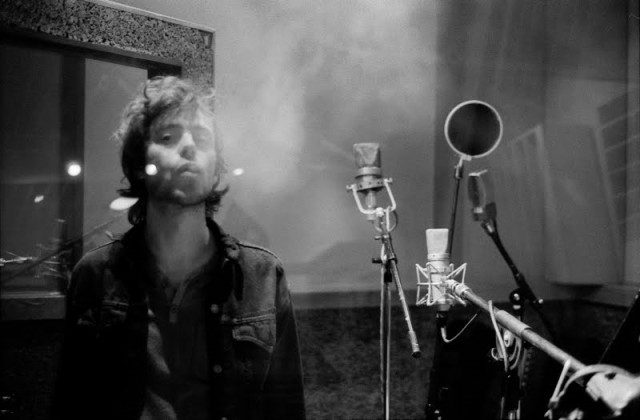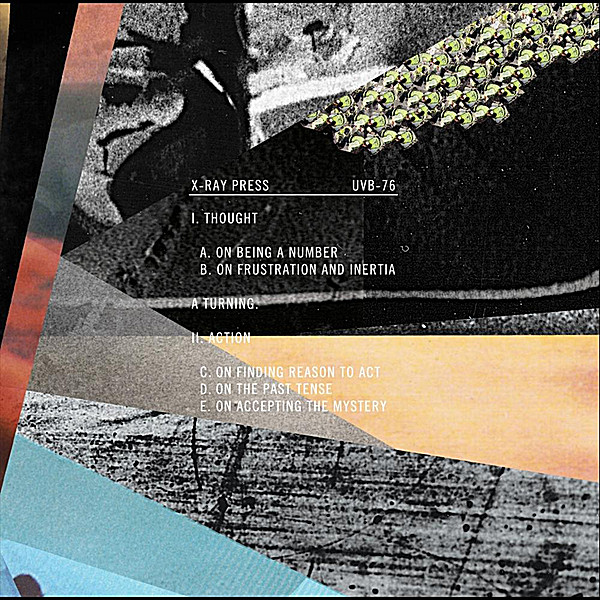I used to own a cassette when I was a kid. Well, I owned several. Having grown up in the 80’s means I went through a lot of cassettes. Blank tapes became canvases that I recorded memories onto. They contained the songs I listened to as I passed the days riding my bike around in the rain. Store bought tapes that were found to be sub-par, having only that one song that was worth listening to, were easily converted to mixtapes with a simple strip of strategically placed scotch tape. I always liked tapes more than CDs for this reason, the ability to make them my own. There was more of a connection with them than there was with CDs. The few cassettes that were store bought held a special place for me, they seemed so much more personal and memorable than the CDs that I own now that are cast into the corner without so much as a glance every few days as I bump into them as I walk past. They are furniture.
There was one tape in particular; I don’t remember where I got it, and I can’t for the life of me remember what band it was that made it. The only thing that I do remember about that cassette is that I played it in my walkman incessantly. The sleeve was purple, and it created this mood somewhere between mischievous, mysterious and dangerous. I imagined that the tape was recorded while the lead singer (whom I also imagined was the guitarist playing a Fender Jaguar guitar) recorded it while he was on the run from the cops. He was hiding out in darkened basements writing and recording songs to help pass the time while making him still feel connected to society in some way. He wanted to remain connected to the society he knew he was inevitably going to be taken from.
This album, “Boo”, by Dag För Dag, reminds me so much of that long lost but not forgotten cassette and comes the closest to replicating the mood, feeling and the sound of something not really sinister, but dangerous and at the same time apprehensive of that danger.
Dag För Dag is a duo of siblings Sarah and Jacob Snavely. Though the duo is originally from the United States they have since settled in Sweden. Their music experiments with darkness and light and seems to occupy echo laden caverns. There is plenty of space in the ensemble. By that I mean that there are no non-stop walls of shoe-gazey noise. Most of the sound occurs as a result of the guitar’s short ideas sustained via reverb in the spaces between the instruments actually playing.
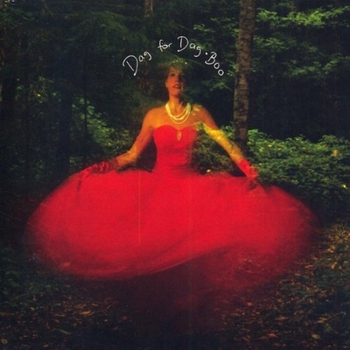
Most of the album unfolds in a sort of medium tempo slow burn, but the band is able to kick the energy level up quite a bit as evidenced in “Animal”, a track that is both anthemic and powerful. It seems to conjure the energy and spirit of Yeah Yeah Yeah’s in the chorus that is kicked off with an emphatic shout of “Let’s go!”
The tracks that populate the majority of “Boo” are minimal in their action with the focus placed squarely upon the shared vocals. The contrast between the high, breathy and sweet lugubrious tones of sister Sarah and brother Jacob’s curt, rough and slightly off-pitch and half spoken vocal style is a noticeable point of divergence from track to track. Sarah’s voice is more noticeably drenched in reverb and often harmonized with itself in multiple tracks. Her voice is smoky and mysterious, making her songs sound akin to those created by bands like Black Rebel Motorcycle Club or The Raveonettes. A sound that is tribal and haunting.
“I am the Assassin” has a pounding backbeat with drums churning out in perpetual motion while the vocals soar through the atmosphere. At about the halfway point of song there is an abrupt break- just enough for us to wish its return, which it does. In the just over 2 minutes of the song the band creates an enticing atmosphere and place a memorable melody into the listeners ear, but before long it’s over. The band is most effective in their shorter songs such as “I am the Assassin” and “Hands and Knees”, which manages to add some extended guitar work to the mix that is reminiscent of The Joshua Tree era U2 in its echoey “less is more” aesthetic.
However, the band loses a little bit of its allure in extended tracks like “Wouldn’t You” where there isn’t quite enough going on, save for a droning synth in the background and persistent drums. The saving grace of the track are Sarah’s vocals that have a way of shining through all of the darkness of the ensemble. The album at this point runs into a bit of a rough patch, with “Wouldn’t You” in the middle of 3 songs that really don’t have much holding the songs together. “Silence is the Verb” re-works Warpaint’s “Undertow”, but it includes a guitar break that doesn’t really go anywhere and the song seems to lie flat.
Thankfully the back half of the album does pick things up significantly with “Seven Stories” which does well in creating an atmosphere while at the same time shaping the composition into something that builds and grows. There is excitement and maybe a bit of cacophony as everything seems to be charging full steam ahead.
Dag För Dag does well creating moody, atmospheric gems with an air of mystery. The seeming unevenness of the album seems to rely a little too heavily on the slow and dark, but I feel that they are at their best using their ability to generate a mood in shorter, catchier songs. The voice of Sarah Snavely is unique and powerful, balancing out some of the darker material and adds to the mystique of the album.
[audio:http://quartertonality.com/wp-content/uploads/2011/04/02-I-Am-the-Assassin.mp3|titles=I Am the Assassin] [audio:http://quartertonality.com/wp-content/uploads/2011/04/11-Animal.mp3|titles=Animal]Official site: http://dagfordag.com/
Available for download now on iTunes. Physical release in the U.S. on April 26.


